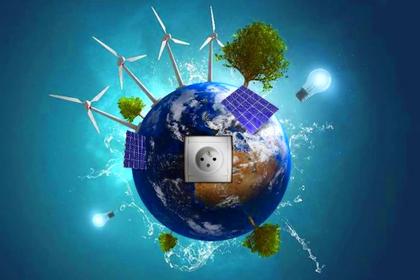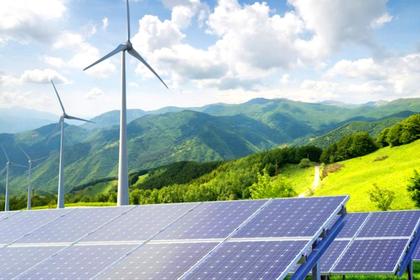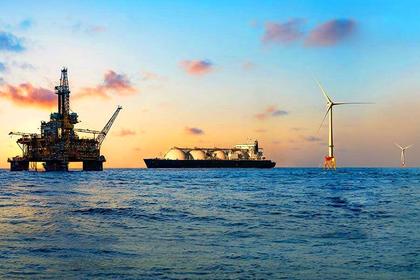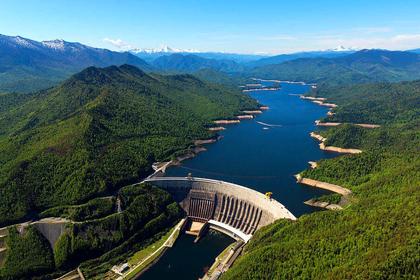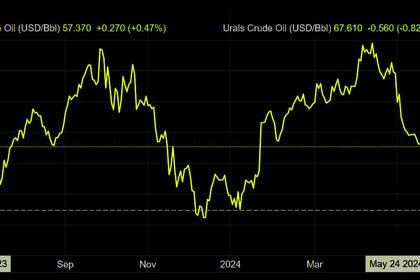
UNEFFECTIVE ENERGY TRANSITION
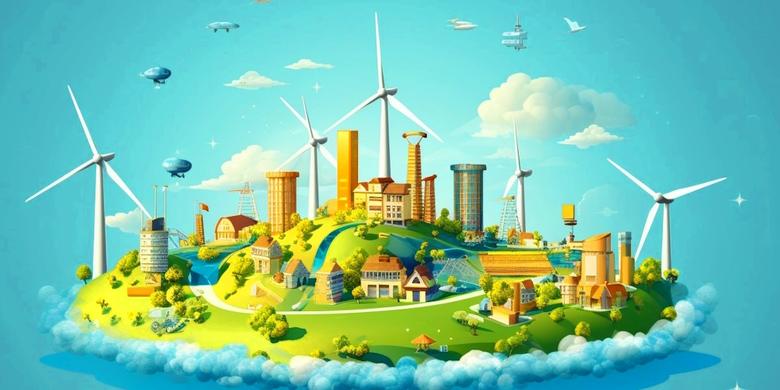
By Nazir Magsi Co-Founder, Seismoenergy (SAFER)
ENERGYCENTRAL - Jul 29, 2024 - As the world hurtles towards a low-carbon future, it is a need for critical examination of our transition strategy. Have we been too hasty in abandoning traditional energy sources for renewables and green energy? The answer lies in a nuanced assessment of our technological readiness, resource availability, and economic viability.
As the world accelerates towards a low-carbon future, a critical examination of our transition strategy is crucial. Have we been too hasty in abandoning traditional energy sources for renewables and green energy? A nuanced assessment of our technological readiness, resource availability, and economic viability reveals the need for a more balanced approach.
The Speed of Transition
The shift to renewables has been swift, driven by growing concerns about climate change and the need to reduce greenhouse gas emissions.
However, this rapid transition has raised concerns about the stability and reliability of our energy systems. It's already becoming clear that the premature adoption of nascent technologies has led to:
Inefficiencies
Reduced performance and productivity due to premature adoption of untested technologies.
Incompatible infrastructure and systems, leading to energy losses and waste.
Insufficient training and expertise, resulting in suboptimal operation and maintenance.
Increased Costs
Higher upfront costs for new, unproven technologies.
Increased operational and maintenance expenses due to complexity and novelty.
Stranded assets and write-offs from abandoned or obsolete technologies.
Unintended Consequences
Unforeseen environmental impacts, such as land use changes or resource depletion.
Social and community disruptions, including job losses or displacement.
Unintended effects on energy security, reliability, and grid stability.
Optimizing Existing Technologies
Rather than abandoning existing technologies, we should focus on optimizing them to achieve greater efficiency and reduce emissions. This approach enables us to:
Leverage proven technologies with established supply chains, infrastructure, and industry expertise.
Gradually integrate new technologies, ensuring a seamless and smoother transition.
Develop and refine emerging technologies, avoiding costly mistakes and minimizing risks.
Avoiding Dead-End Developments
The rush to renewables has led to investments in technologies that may not be viable in the long term, including:
- Over-reliance on intermittent energy sources, which can strain grid stability and compromise reliability.
- Insufficient resource allocation for certain technologies, leading to supply chain bottlenecks, material shortages, and project delays.
- High costs and risks associated with scaling up unproven technologies, which can result in financial losses, stranded assets, and damage to investor confidence.
We have too hastily transferred investments to renewable energy, abandoning existing technologies that have proven their stability over decades. Instead of implementing a gradual migration of investments, we have rushed into new technologies without adequately addressing their limitations. This approach would have allowed us to:
- Significantly improve current technologies' environmental impact
- Prepare and test new technologies for scaling
Moreover, it would have helped address the key challenge of modern technologies: efficient energy storage, which has become a major Achilles' heel.
A Pragmatic Approach
A more measured approach to the energy transition is necessary, involving:
- Assessing technological readiness and resource availability.
- Investing in research and development to address existing limitations.
- Implementing a phased transition, integrating new technologies as they mature.
- Encouraging hybrid solutions, combining renewable and traditional energy sources to maintain stability.
- Enhancing energy storage solutions to address the intermittency of renewables.
Policy and Regulation
Governments should create policies that encourage the adoption of the most effective technologies, balancing incentives for renewables with support for optimizing existing energy sources.
Public Awareness and Education
Raising awareness about the benefits and limitations of both renewable and traditional energy sources can help garner public support for a balanced approach.
Economic Impact
A thorough analysis of the economic impact of transitioning too quickly to renewables is crucial, considering:
- Job losses in traditional energy sectors
- Costs of infrastructure changes
Environmental Considerations
While reducing emissions is critical, the environmental impact of renewable energy infrastructure, such as land use for solar and wind farms, should also be considered.
Global Perspective
Different regions have varying capabilities and resources. Tailored strategies that consider local conditions and needs are essential for a successful transition.
Conclusion
While the urgency to address climate change is undeniable, a hasty transition to renewables and green energy may not be the most effective strategy.
By optimizing existing technologies, avoiding dead-end developments, and adopting a pragmatic approach, we can ensure a stable, efficient, and sustainable energy future.
Additionally, fostering international collaboration and sharing best practices can accelerate the development and deployment of viable energy solutions.
This balanced strategy will not only help in achieving climate goals but also in securing energy reliability and economic stability.
-----
This thought leadership article was originally shared with Energy Central's Energy Collective Group. The communities are a place where professionals in the power industry can share, learn and connect in a collaborative environment. Join the Energy Collective Group today and learn from others who work in the industry.
-----
Earlier:

